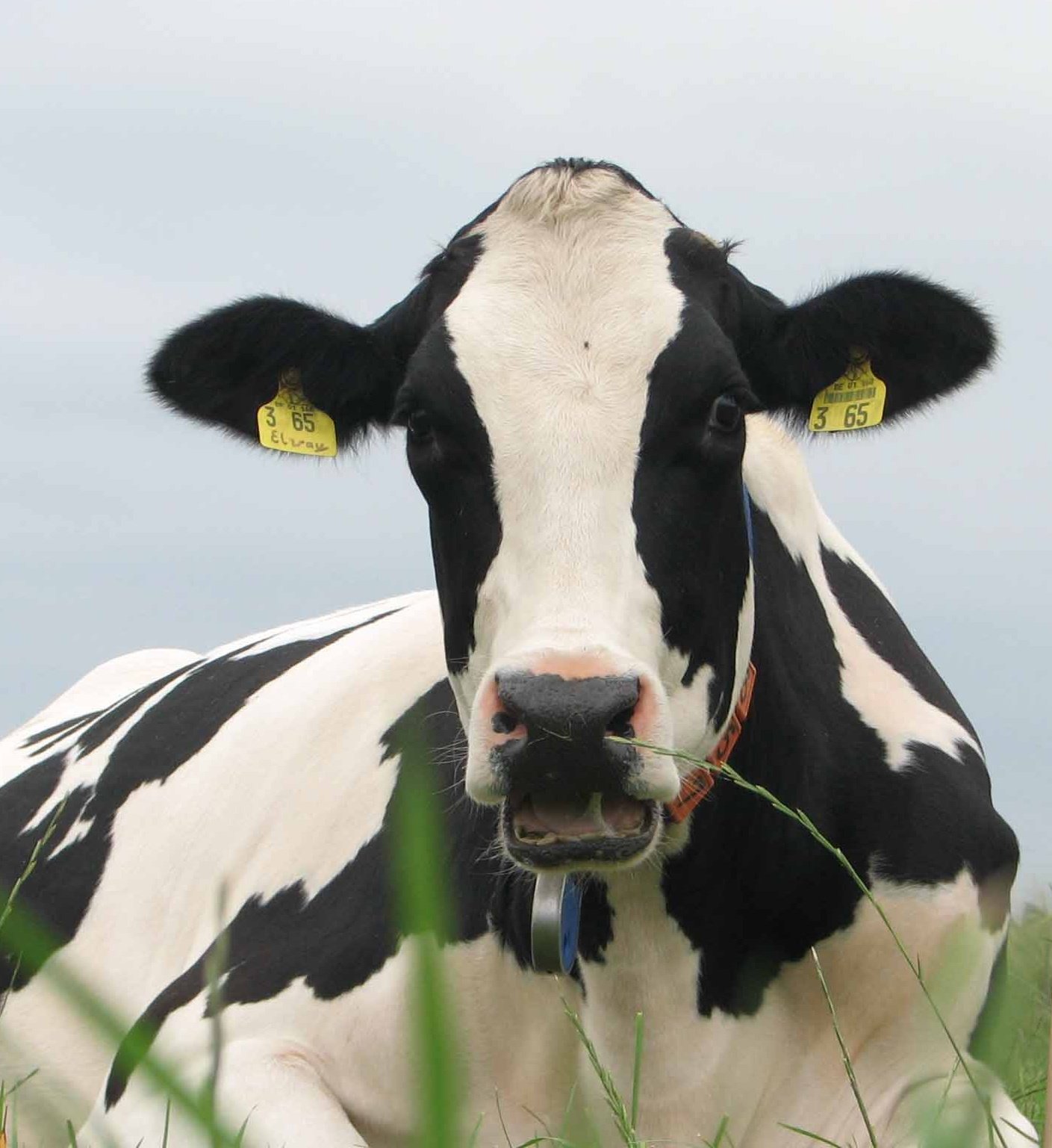Rising feed prices, high volatility, and limited availability are the most constraining challenges facing dairy farm viability. As such, amino acids (AA) nutrition enables a flexible formulation when selecting or substituting different feed materials due to either price or availability. This flexibility allows us not to be too dependent on one or more raw materials when designing rations for dairy ruminants. Precision nutrition aims to cover the animal's nutritional requirements by avoiding as much as possible those nutrients that the animal cannot utilise.
Amino acids are the building blocks of milk and body proteins and are considered one of the most important nutrients in dairy cow nutrition. It is crucial to know that many of these AAs need to be supplemented in diets because they simply can’t be synthesized enough to meet the requirements of producing cows. That’s why such AAs are known as essential AAs. The essential AA present in Metabolizable Protein in the smallest supply relative to the cow’s requirements is called the limiting AA. And we’ve seen that an inadequate supply of these limiting AAs can affect milk, milk protein, and fat yield and can compromise other vital functions in the immune or reproductive system.

Methionine (Met) and Lysine (Lys) have been recognized as the first limiting AAs for lactating dairy cows in most feeding practices. This is fundamentally true because feed proteins have lower concentrations of Met and Lys when compared to their concentrations in milk and microbial protein. Therefore, dairy rations should be formulated to provide MP with the AAs consistent and necessary for maintenance, growth, lactation, and reproduction.
We can improve Nitrogen (N) efficiency by importantly maximizing the MP produced and using high-quality RUP. Both strategies achieve a higher quality in the MP that can reach the small intestine. Rumen-protected amino acids (RP-AAs) are the most cost-effective way to provide limiting AAs. Even though these sources differ in the protection technology used (fat coating, pH sensitive coating, chemical protection, or analogs), we must know the true bioavailability of Met and Lys of all these supplements and choose the most metabolizable AAs for the price. Mid-range crude protein (CP) diets cannot meet Met, or Lys needs using dietary feed ingredients. Therefore, the use of RP-Met and RP-Lys is needed. Remarkably, Met and Lys work in unison. Both AAs are necessary for our diets for the best, most precise feeding — achieving maximum production performance and adequate animal health without overfeeding protein. The benefits of balancing AAs are endless if dairy nutritionists and producers are willing to adopt and apply the concept whenever possible. The improvements in terms of milk production, reproduction, and animal health will outweigh any additional costs.
Are you interested in more insights? Download for free our entire article including some convincing results.
© Kemin Industries, Inc. and its group of companies 2026 all rights reserved. ® ™ Trademarks of Kemin Industries, Inc., USA
Certain statements may not be applicable in all geographical regions. Product labeling and associated claims may differ based upon government requirements.